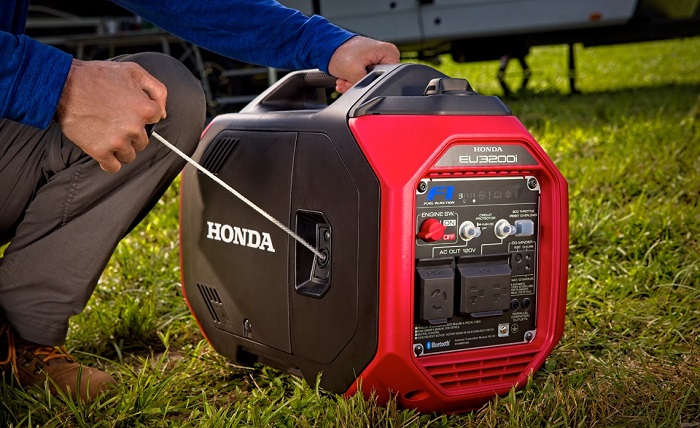Do you ever worry about the safety of using power sources while camping or during other outdoor activities? Proper handling and precautions are essential to prevent accidents and ensure the longevity of your equipment. Whether you’re an experienced camper or new to outdoor adventures, understanding how to safely use and manage power sources is crucial. This knowledge not only enhances your experience but also ensures the safety of everyone involved.
Tips and Best Practices for a Secure and Efficient Power Supply
Ensuring the safe use of outdoor power sources is vital for a secure and enjoyable camping experience. In this article, we will explore five essential tips for ensuring the safe use of outdoor power sources. These guidelines will help you maximize the efficiency and safety of your equipment, making your outdoor adventures more enjoyable and worry-free.
1. Use Quality Equipment
The first step in ensuring the safe use of outdoor power sources is to invest in high-quality equipment. Reliable brands and well-made products are designed to meet safety standards and provide consistent performance. When choosing items like generators, battery backups, and solar panels, prioritize those that have been tested and certified for safety. High-quality equipment is less likely to malfunction and cause accidents, giving you peace of mind during your outdoor activities.
2. Follow Manufacturer Instructions
Always follow the manufacturer’s instructions for setting up and using your power sources. These guidelines are designed to help you operate the equipment safely and effectively. Pay close attention to recommendations regarding the placement of devices, load capacities, and maintenance routines. For example, portable generators should be placed on a flat, stable surface and kept away from flammable materials. Properly adhering to these instructions minimizes the risk of accidents and equipment damage.
3. Keep Power Sources Dry
Electricity and water are a dangerous combination. To ensure safety, always keep your power sources dry. This includes placing generators and battery backups in sheltered areas or using protective covers. If you’re using an Anker Battery Backup, ensure that it’s stored in a dry location away from rain or spills. Similarly, when using portable solar panels to recharge your battery backup, make sure the panels are designed for outdoor use and can withstand exposure to the elements. Keeping your equipment dry prevents electrical shorts and prolongs the life of your devices.
4. Use Proper Cables and Connections
Using the correct cables and connections is crucial for the safe operation of outdoor power sources. Ensure that all cables are rated for outdoor use and can handle the power load of your equipment. Damaged or inappropriate cables can lead to overheating, short circuits, or even fires. When connecting devices, make sure the plugs are fully inserted and secure. Loose connections can cause sparks and pose a safety hazard. Regularly inspect your cables and replace any that show signs of wear or damage.
5. Recharge Safely with Solar Panels
When using portable solar panels to recharge your Anker Battery Backup, it’s important to follow safe recharging practices. Place the solar panels in a location that receives ample sunlight and ensure they are securely positioned to avoid falling or being damaged by wind. Use the cables and connectors provided by the manufacturer to connect the panels to your battery backup. Monitor the charging process to ensure everything is functioning correctly. By safely recharging with solar panels, you can maintain a sustainable and reliable power supply during your outdoor adventures.
Conclusion
By investing in quality equipment, following manufacturer instructions, keeping power sources dry, using proper cables and connections, and recharging safely with solar panels, you can significantly reduce the risk of accidents and equipment failure, allowing you to focus on the adventure and create lasting memories.

